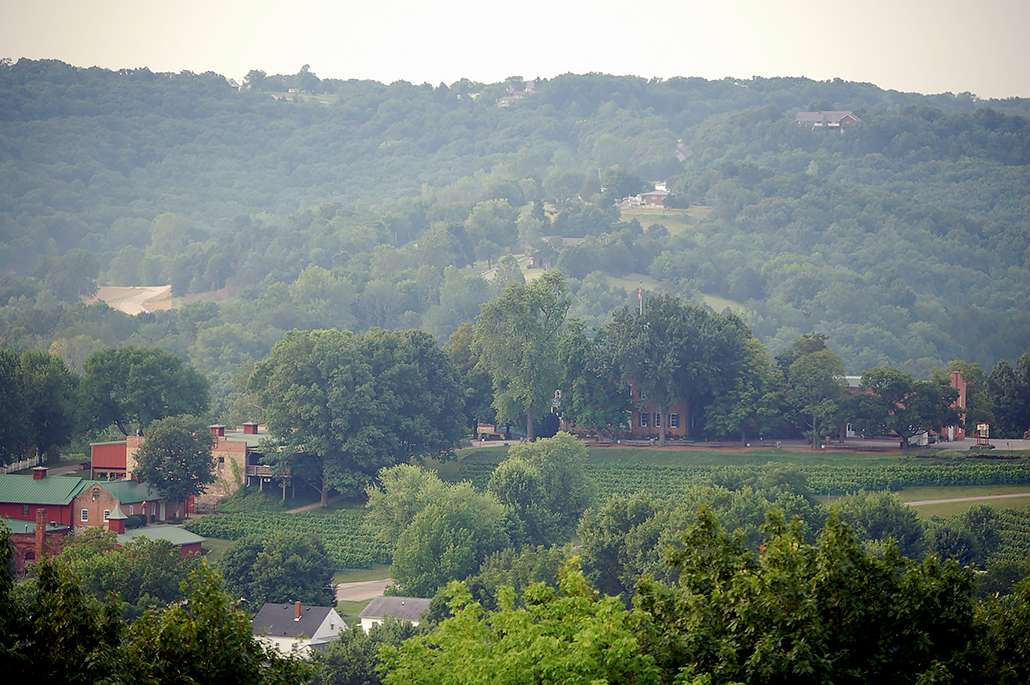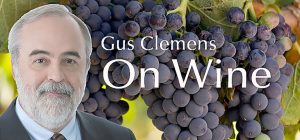American Viticultural Areas attempt to tie wines to places. Ideally, vineyards in a specific AVA share similarities in soil, climate, geology, and elevation. Those various things, along with human interaction, comprise what winemakers call “terroir.”
By definition, an AVA is a wine grape-growing region that provides an official appellation designation for the mutual benefit of wineries and consumers. Winemakers want consumers to know about their unique geographic pedigree in the belief wines from a specific area possess distinctive characteristics. Consumers seek wines from a particular AVA for the same reason.
If a wine label claims the contents come from an AVA, at least 85% of the grapes used to make the wine must have been grown in the AVA. In addition, the wine must be fully finished in the state where the AVA is located.
Boundaries of AVAs and rules governing them are set by the Tax and Trade Bureau of the United States Department of the Treasury. Prior to 2003, the rules were set by the Treasury’s Bureau of Alcohol, Tobacco and Firearms. Prior to 1980, before the AVA system, appellations were designated by state or county boundaries. All those appellations were grandfathered, which is why you see some wines labeled “New York State” or “Sonoma County.”

The first designated AVA may surprise you: Augusta, Missouri. Wine vines were first planted in Missouri in the 1830s by German immigrants near the town of Hermann on the banks of the Missouri River, 50 miles west of St. Louis. Rocky soils were unsuitable for many crops, but such soils work fine for wine vines. By the 1850s, the area had more than 60 wineries and produced more than 10,000 gallons of wine a year. The area was known as the “New Rhineland.”
Sadly, the insanity of Prohibition virtually destroyed Missouri wine grape growing. The government tried to make up for its blunders when the AVA system was created. Citing significant cultural history and distinct terroir—ancient glacial soils—the Augusta AVA beat out Napa for the title of America’s first AVA.
Tasting notes:
• Scout & Cellar Scout Wild Sauvignon Blanc: Fits classic sauvignon blanc “salad in a glass” profile. Solid easy drinker, fresh, smooth, tasty. $18-19 Link to my review
• Stoller Family Estate Chardonnay, Dundee Hills 2021: Vibrant with crisp acidity, vivid fruit and aromas. Fermentation and aging primarily in stainless steel preserves aroma, acidity, and pure chardonnay citrusy flavors. $18-25 Link to my review
Last round: Policeman: “Do you know why I pulled you over?” Me: “Look, if you have already forgotten, I am not about to remind you, officer.” Wine time.

